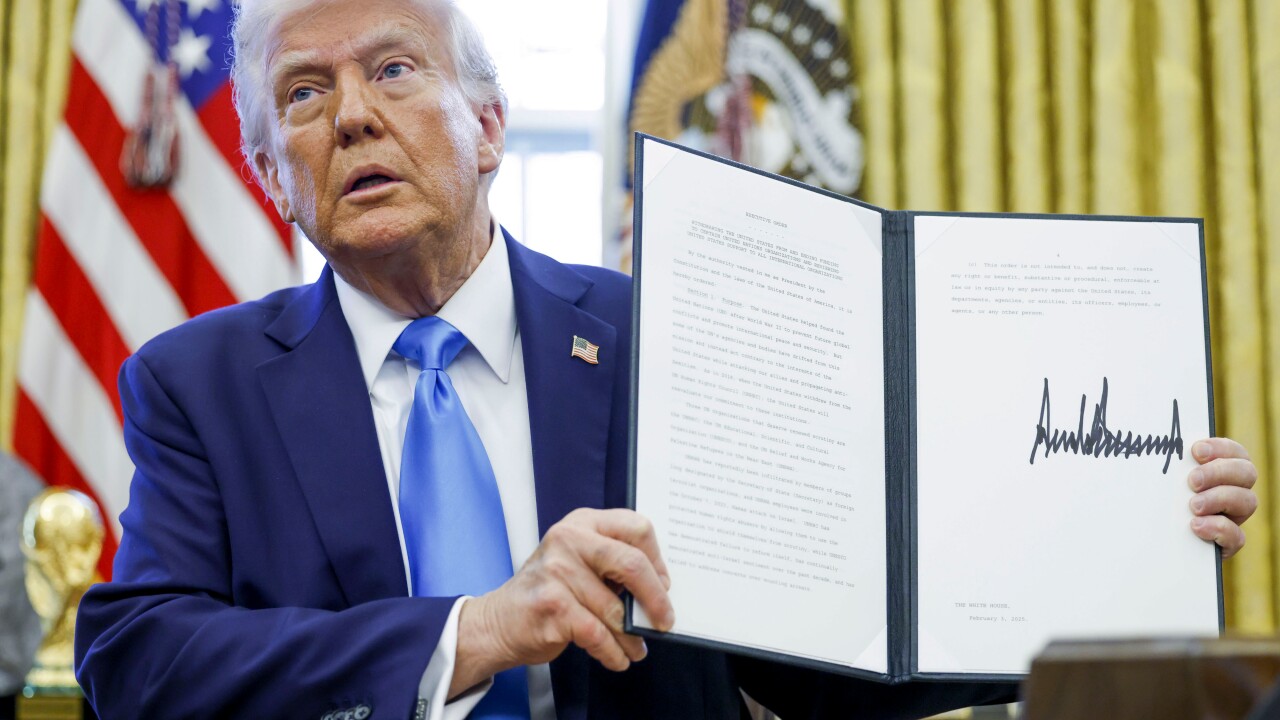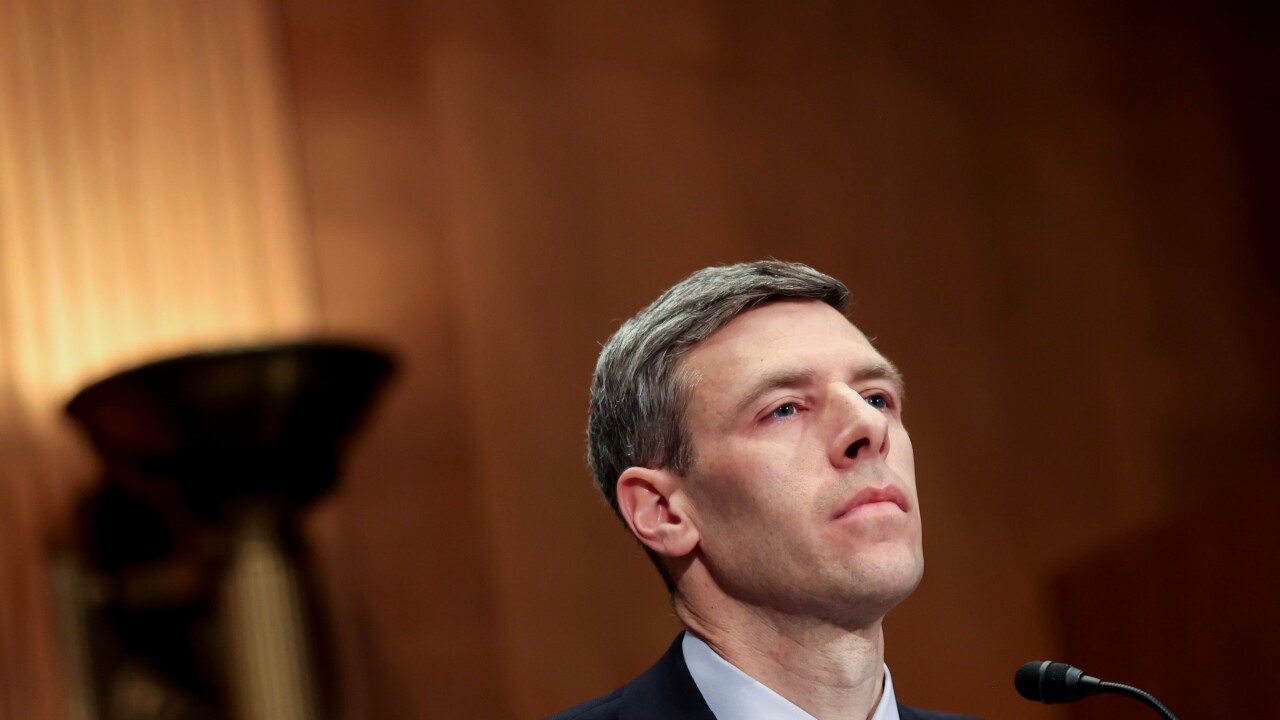Hypercom Corp.'s HyperSafe remote key system, which reduces the burden for securely updating payment terminals, is being made available to clients of the processor First Data Corp.
Hypercom, of Scottsdale, Ariz., has also agreed to market First Data's TransArmor system for card data encryption and tokenization to Hypercom clients.
The HyperSafe remote key system, introduced last year, allows merchants to handle terminal upgrades and maintenance — tasks that normally require the devices to be sent to a secure facility — from a less-secure location.
Normally, such upgrades are "a very disruptive practice for a merchant's day-to-day business … time consuming and expensive," Craig Tieken, First Data's vice president of merchant product management, said in an interview Monday.
Philippe Tartavull, Hypercom's president and chief executive, said in a press release Monday that Hypercom's system relieves merchants of a task that they do not want to handle to begin with. "No one wants to waste the time and money shipping their newest terminals off-site, nor should they be expected to do that," he said.
Hypercom will also support the Atlanta processor's TransArmor system, which Tieken said is meant to protect merchants from becoming data-breach targets or running afoul of industry security standards. First Data is a unit of Kohlberg Kravis Roberts & Co.
The system works now on First Data terminals and is expected to work later with terminals from Hypercom and its rivals VeriFone Holdings Inc. and Ingenico SA that run First Data's software. Hypercom has also agreed to allow TransArmor to operate with devices that do not run First Data's application. Tieken said he expects that this agreement will be the first of many.
"Our intention is to do the same with the other device manufacturers," he said.
Encryption is used to obfuscate sensitive card data from the point it is swiped at the merchant's terminal and the encryption remains in place at least until the merchant has passed that data up the payment chain. Tokenization replaces the data with a separate value so that the transaction can be referenced later on without requiring the merchant to keep a copy of the original card data on hand.





